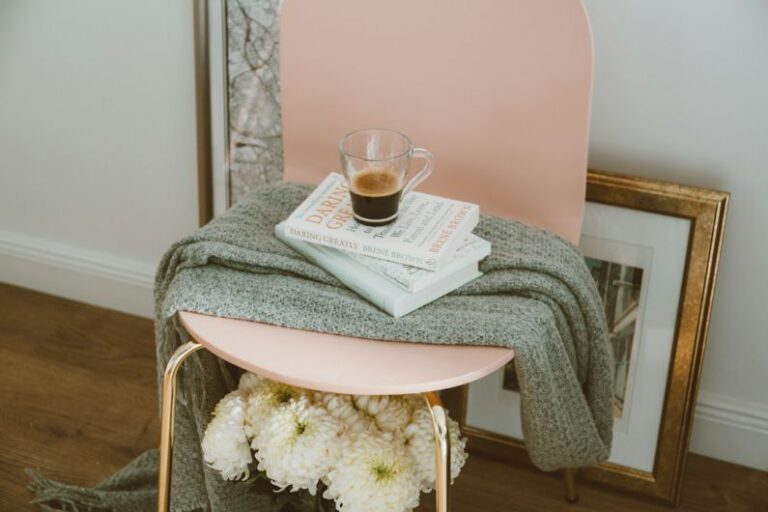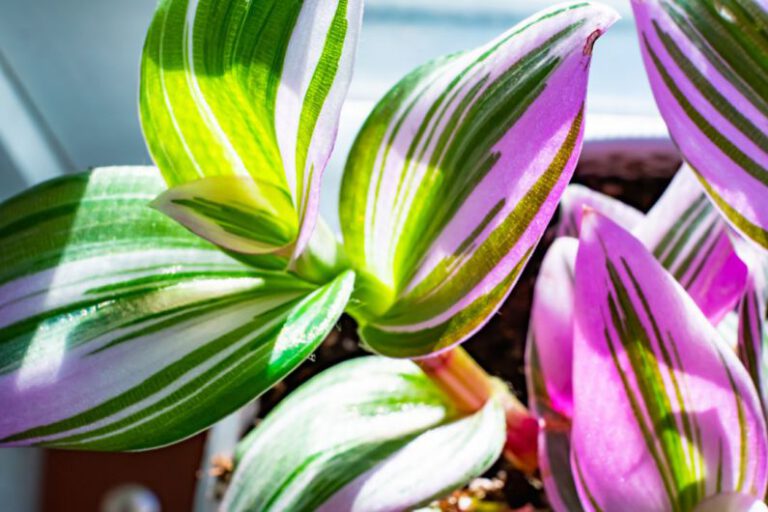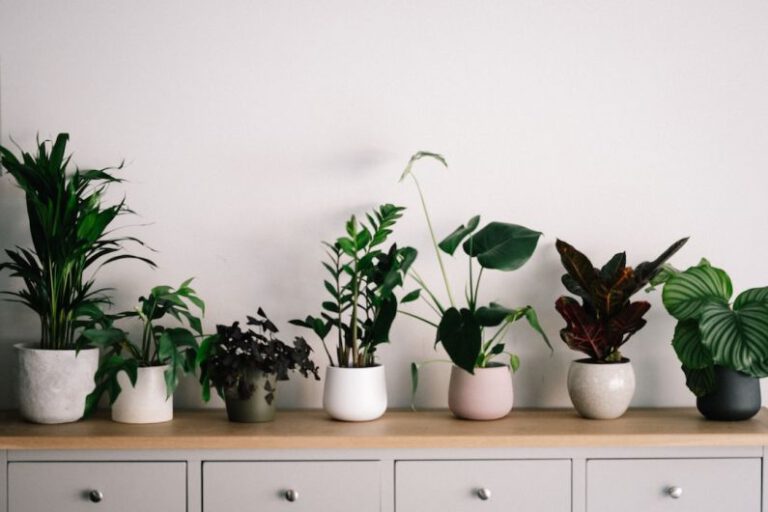What Are the Latest Trends in Sustainable Home Design?
Sustainable home design has become increasingly popular as people recognize the importance of reducing their environmental impact and creating a healthier living space. With advancements in technology and a growing awareness of sustainability, there are several exciting trends emerging in sustainable home design. In this article, we will explore the latest trends in sustainable home design and how they can contribute to a greener and more efficient future.
1. Passive Design
Passive design is a key trend in sustainable home design, focusing on maximizing natural resources to minimize energy consumption. This approach involves strategically positioning windows, insulation, and shading to optimize natural light and ventilation. By harnessing the power of the sun and wind, passive design reduces the need for artificial lighting and heating, resulting in lower energy bills and a reduced carbon footprint.
2. Green Roofs and Walls
Green roofs and walls are becoming increasingly popular in sustainable home design. These features involve covering rooftops and walls with vegetation, providing numerous benefits. Green roofs and walls improve air quality, reduce stormwater runoff, and provide insulation, reducing the amount of energy required for heating and cooling. Additionally, they create a visually appealing and calming environment, promoting mental well-being.
3. Smart Home Technology
The integration of smart home technology is revolutionizing sustainable home design. From energy-efficient lighting systems to smart thermostats and appliances, homeowners can now control and monitor their energy consumption with ease. Smart home technology allows for remote control and automation, enabling homeowners to optimize energy usage and reduce waste. This trend not only promotes sustainability but also enhances convenience and comfort in daily living.
4. Water-Efficient Fixtures
Water scarcity is a pressing issue in many parts of the world, making water-efficient fixtures a crucial trend in sustainable home design. Low-flow toilets, rainwater harvesting systems, and water-saving faucets and showerheads are just a few examples of water-efficient fixtures that can significantly reduce water consumption. By implementing these fixtures, homeowners can conserve water and contribute to the preservation of this precious resource.
5. Reclaimed Materials
Using reclaimed materials is a sustainable design trend that continues to gain momentum. Instead of relying solely on new materials, homeowners are incorporating reclaimed wood, bricks, and metals into their homes. Not only does this reduce the demand for new resources, but it also adds character and uniqueness to the design. Reclaimed materials offer a sense of history and reduce waste, making them an excellent choice for environmentally conscious homeowners.
6. Net-Zero Energy Homes
Net-zero energy homes are a cutting-edge trend in sustainable home design. These homes are designed to produce as much energy as they consume, effectively eliminating energy bills and reducing reliance on the grid. Achieving net-zero energy requires a combination of energy-efficient design, renewable energy systems, and energy storage solutions. While the initial investment may be higher, the long-term benefits of net-zero energy homes are substantial, both economically and environmentally.
In conclusion,
Sustainable home design is an ever-evolving field, with new trends and innovations continuously emerging. From passive design and green roofs to smart home technology and net-zero energy homes, these trends are transforming the way homes are built and operated. By incorporating these sustainable design practices, homeowners can contribute to a greener future while enjoying the benefits of energy efficiency, reduced environmental impact, and improved quality of life.






